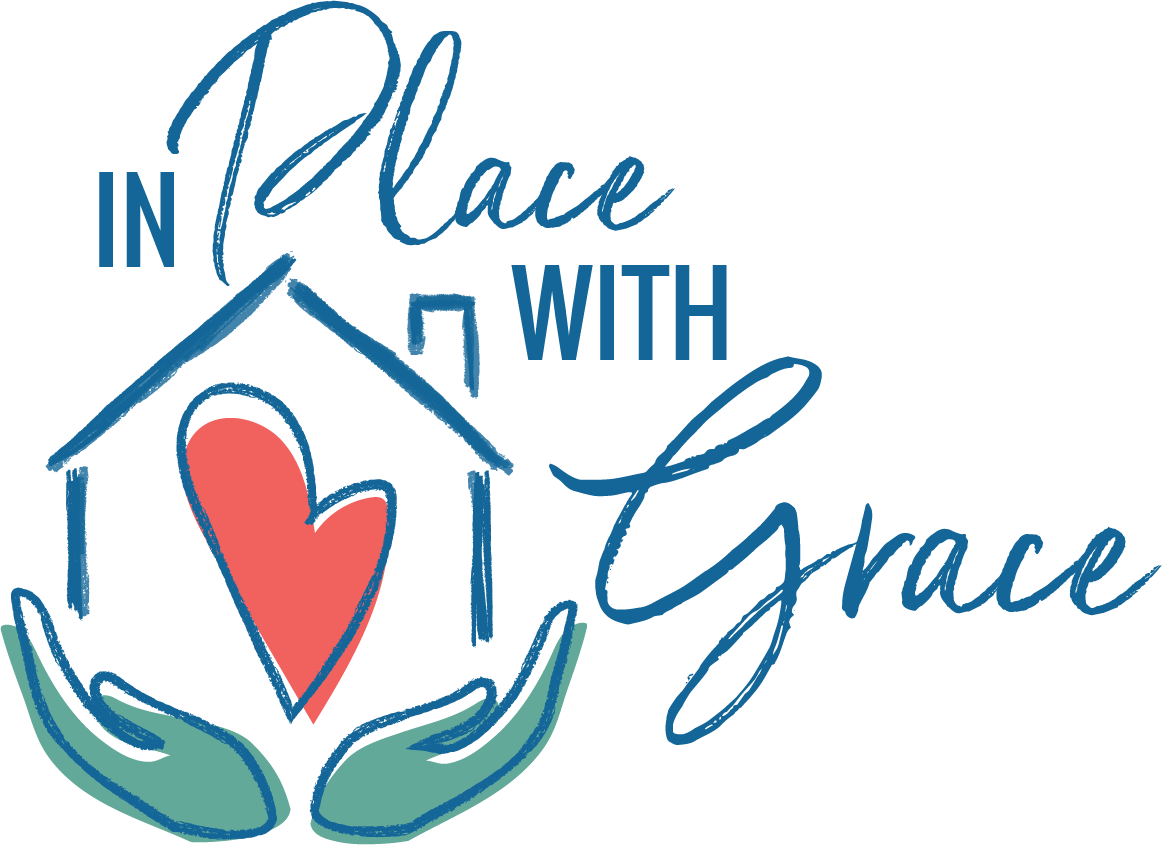
By: Janet Ceraldi, OTR, CEAC
Part 2 of this blog on The Aging Process will provide an overview of the effects of aging on different parts of our bodies. As we get older we all can see changes happening. We notice changes in our posture, skin, hair, bones and maybe even in how we walk. There are physiological reasons we feel more stiff, our balance is a bit off and it gets harder to get up out of a low, soft couch. It’s also important to know that there are things we can do to lessen these changes and maintain our function as we age. The areas of focus in this blog will be:
- Bones
- Joints
- Muscles
- Interventions in the Anatomical Effects of Aging (How can we reduce these changes?)
Bones: Even though bones seem to be hard and stagnant, they are in fact, in a constant state of remodeling and undergoing cycles of destruction and rebuilding. Blood vessels are transporting nutrients to working bone cells. The skeleton provides support and structure to the body. As we age, people lose bone mass because the bone becomes thinner. This process accelerates after the age of 50, resulting in a higher susceptibility for fractures. Osteoporosis is a systemic skeletal disorder characterized by low bone mass. This is the most common reason for fractures in the elderly.
The loss of bone density is caused by a decrease in calcium and minerals in the bone. Aging bodies absorb less calcium from the food we eat. Many times Vitamin D decreases which helps the body use calcium. The bones that tend to weaken more than others are the end of the femur (thigh bone), ends of the forearm bones called the radius and ulna (at the wrist) and vertebrae (back and neck bones). A gradual loss in height happens because the discs between the vertebrae lose fluid and become thinner.
Joints: Joints are the areas where bones come together and allow the skeleton to be flexible for movement. They are cushioned by cartilage in the joint and are surrounded by membranes and a lubricative fluid. Cartilage loses water as we age, The cartilage may begin to rub together and wear away. This makes the joint more vulnerable to injury from repetitive movement and stress as it interferes with the ability of the joint surfaces to slide over each other. Osteoarthritis is a common disorder due to damage to cartilage from lifelong use of joints. It is the most common form of arthritis. The disorder causes redness, pain and stiffness in the joints.
Ligaments are tissues that connect bone to bone. Over time, they become less elastic resulting in reduced flexibility. It is the same situation for tendons which bind the muscle to the bone.
Muscle: Muscles provide the force and strength to move the body. Coordination is directed by the brain but is affected by changes in the muscles and joints. Changes in the muscles, joints, and bones affect the posture and gait (how we walk) and lead to weakness and slowed movement. The aging process causes a decrease in strength, size and endurance of muscle tissue. Decreased strength is more often caused by inactivity than aging. However, sarcopenia, the loss of muscle mass, does begin at the age of 30 and continues throughout life. Inactivity may be one reason for shrinkage of muscles. Additionally, levels of growth hormone and testosterone, which stimulate muscle development,decrease with age resulting in decreased muscle mass. Although muscle mass decreases as we age, body fat can often double, causing health problems such as diabetes and sleep apnea.
Interventions in the Anatomical Effects of Aging: So, our bodies change in many ways due to the aging process, but what can we do to reduce negative effects? Being conscientious of our diet and regular exercise can play a huge part in mitigating the effects of aging on our bodies. We can look at some more specific interventions to promote bone, joint and muscle health:
- Taking the amount of calcium we need for our age. According to the Mayo Clinic adults 19-50 and men 51-70 should take 1,000 milligrams (mg) of calcium per day. Women over 50 and men over 70 is 1,200 mg per day. Of course supplements should be according to your doctor’s recommendations. Consider including food sources of calcium such as dairy products, broccoli, almonds, green leafy vegetables, canned salmon in your diet.
- Vitamin D is essential- Adults ages 19-70 should get 600 international units of vitamin D daily. After the age of 70, that increases to 800. Foods rich with vitamin D are oily fish- tuna or sardines, egg yolks, fortified milk and supplements. Make sure to check with your doctor to see if this is appropriate for you.
- Exercise as part of your daily routine. If you do not have any physical activity in your daily routine consider adding walking, tennis, pickle ball, weight training, or even chair fitness classes at a local YMCA or church. This is imperative in order to slow bone loss and increase strength in muscles.
- Avoid substance abuse such as smoking, drinking alcohol excessively and overeating.
In conclusion, understanding what changes are happening in our bodies can empower us to take steps to lessen the effects of aging. Changes are happening everyday. Taking care of ourselves with proper nutrition and physical activity, will help to mitigate the effects of growing old, prevent disease and extend the warranty of our body.
References:
- Jim Belson, MA, PhD- writer, film/video producer. He has written and produced hundreds of educational videos
- Https://midline plus.gov
